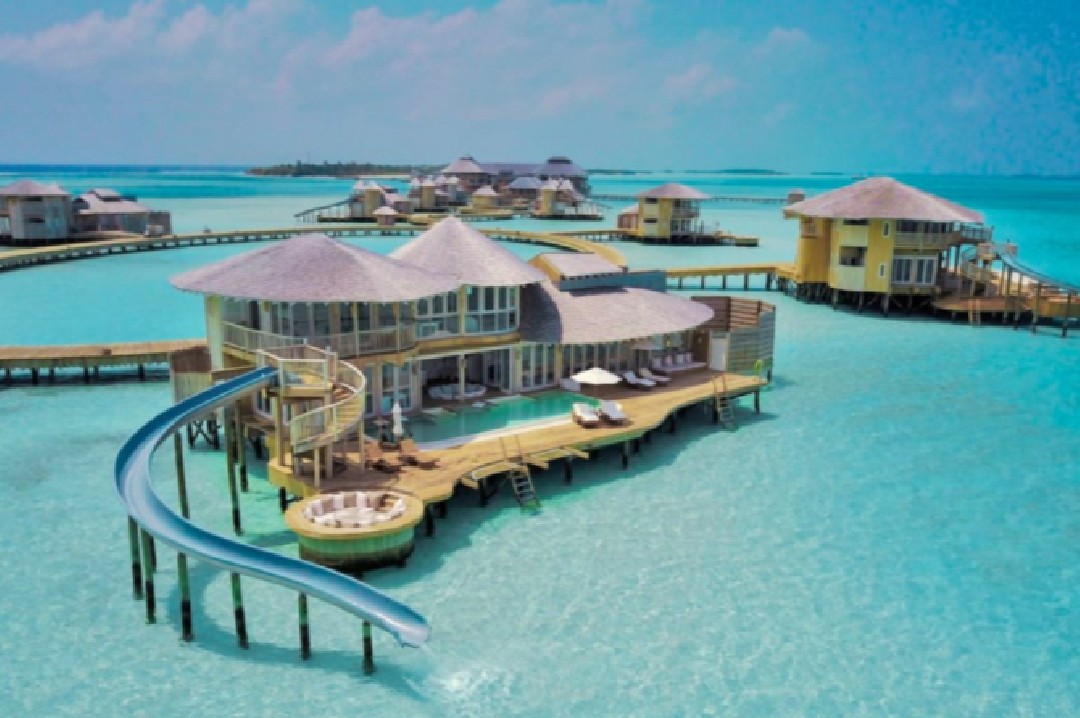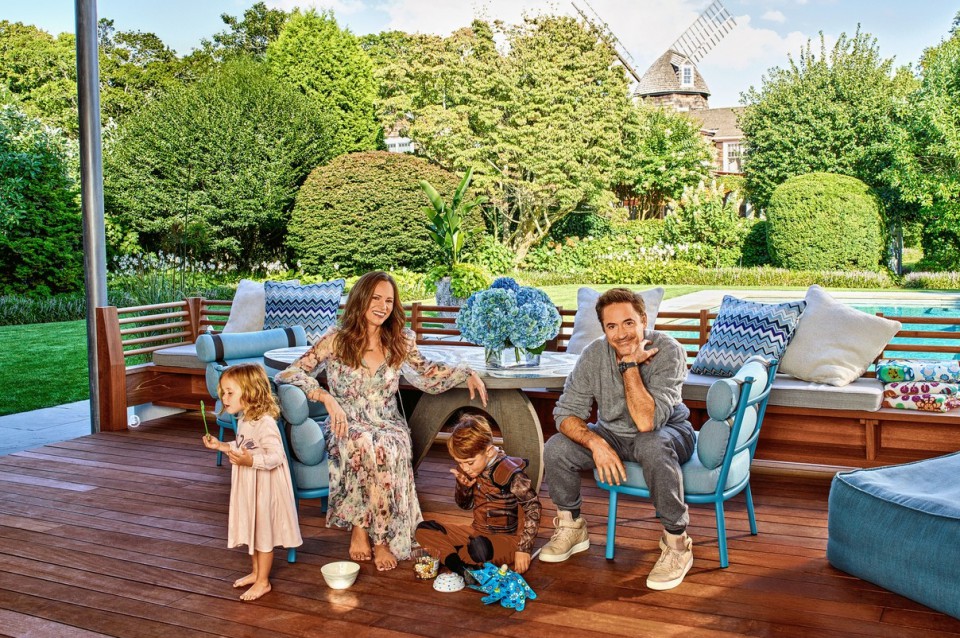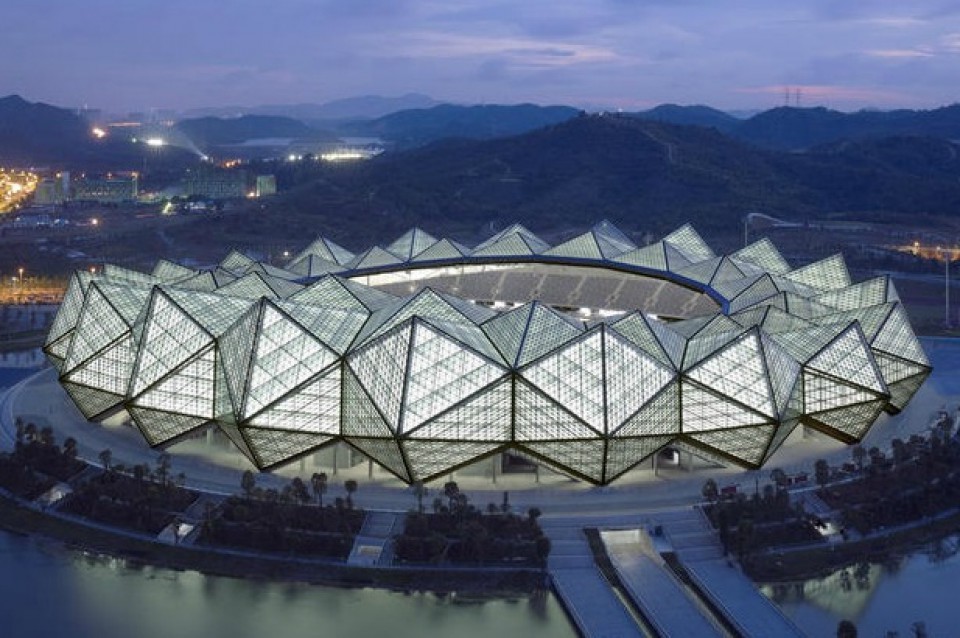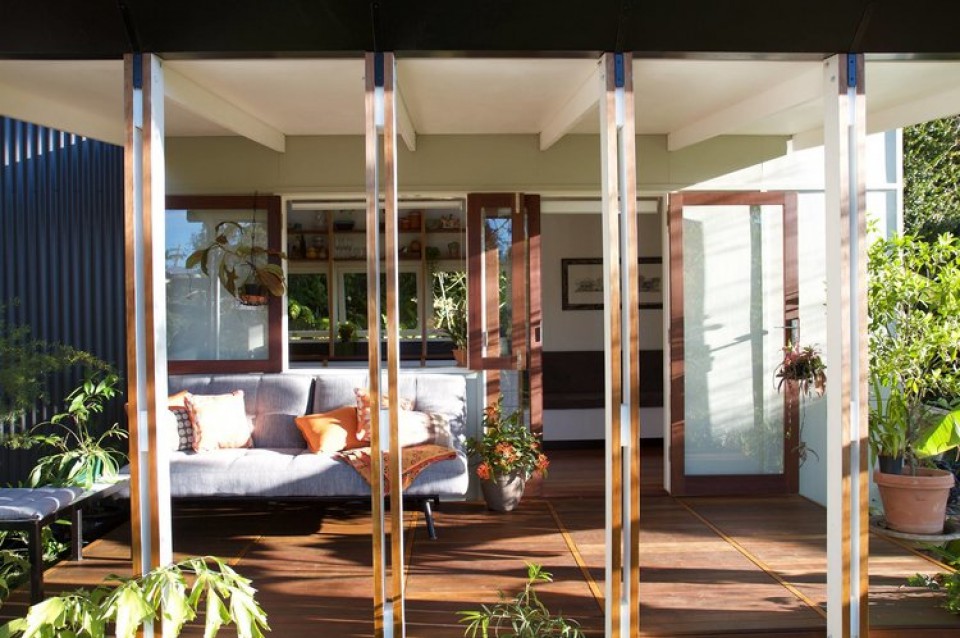White Box House: Minimalist House in Taman Kebon Jeruk, Jakarta
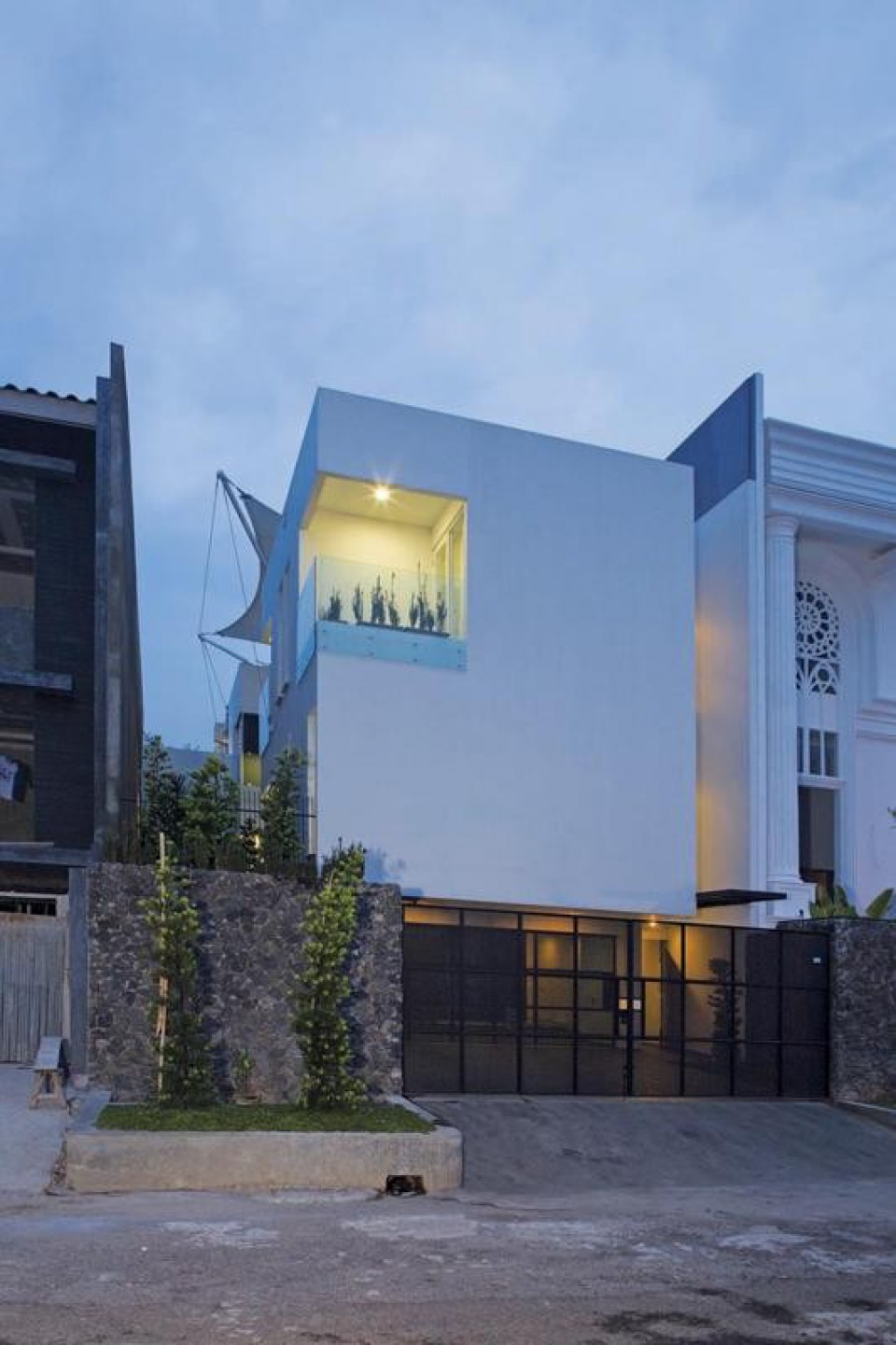
The house built in 2010 is one of the works of the Indonesian architect Indra Tata Adilaras. Located in Jakarta, specifically in the Kebon Jeruk area, the architect faced various challenges. The environment presented issues such as water and air pollution, unpredictable hot and humid weather leading to the breeding of malaria and dengue mosquitoes, social problems, and a lack of green spaces.

This house, designed for upper-middle-class residents of Jakarta, was intended to be a refuge. Designing it required considering the client's desires and the surrounding conditions. Ironically, some houses in the city are designed with massive and isolated forms, following the latest trends, as if their homes were not part of the environment. They rely on air conditioning, purchased water, and rarely walk around their homes.

The elongated land posed a challenge for the architect to design a house that met the client's requirements. It consists of 4 bedrooms with en-suite bathrooms, common areas including the kitchen, dining room, living room, and wet kitchen, as well as a maid's room and a two-car garage. Additionally, there are other supporting spaces such as a KTV room, music studio, and a swimming pool. As a result, the house is divided into three floors and two separate house towers connected by a corridor and stairs on the 2nd and 3rd floors.

The ground floor, or the lowest level, is used for service areas such as a garage for two cars, a maid's bedroom, a laundry room, a bathroom, and access to the upper floors via stairs.

The passage from the garage into the house is separated by a partition with vertical wood motifs. To access the upper floors, there is a staircase attached to the wall, giving it a floating appearance. The rear area near the laundry room contains a staircase for household staff to access the upper floors.

On the other side, the staircase is enclosed with glass frames that offer views of the open area in the middle of the house, which includes the swimming pool and its deck, located on the second floor.

The second floor houses the common areas for gathering, relaxation, and receiving guests. There's a living room that also functions as a family room, a guest bedroom, a dining room, a kitchen, a swimming pool, and an entertainment room.

After entering through the main staircase, visitors are immediately greeted by the dining area and kitchen. This all-white space is adorned with an antique wooden dining table in the midst of a modern and minimalist environment. The dining room has access to various spaces. To reach the living room, visitors can use the corridor located behind the main staircase or the deck area outside the swimming pool.

Surrounded by glass walls facing the open area in the middle of the house, the dining room allows natural light and air to enter. It's equipped with curtains hanging from the ceiling, creating a sense of grandeur in the room. Just behind the kitchen, there is a staircase leading to a balcony above the entertainment room for drying clothes.

The elongated swimming pool is suitable for exercise, and the presence of water alone makes the house cooler. A membrane roof is installed over this area.

The living room connects to the guest bedroom and the pool deck. Surrounded by glass materials, it bears resemblance to the dining area.

The topmost floor is primarily dedicated to private spaces. There's one master bedroom and two smaller bedrooms, each with an en-suite bathroom. The two south-facing rooms are of the same size and include balconies in their corner spaces.

Throughout the design of the house, there are no elements that contrast significantly, creating a minimalist home in terms of both exterior and interior design. The master bedroom is also minimalist, clean, and bright due to its all-white color scheme.

Even the design of the bathrooms is minimalistic and simple. The addition of stone tile accents on the walls creates a mosaic and natural impression. The main bathroom directly adjoins the walk-in closet within the room.

This minimalist house, shaped like a white box, has clear circulation and boundaries between private and public spaces. The design successfully addresses the environmental issues by incorporating an open space in the middle of the house. All rooms in the house are oriented towards this open area, making it the heart of the house.

The open space provides natural lighting and airflow while also protecting the house from diseases, excessive sunlight, water pollution, and privacy issues. The roof of the open space diverts rainwater away from the areas below, including the pool deck and the main staircase.

Notably, the holes in the supporting wall of the staircase create a unique façade when viewed from the open area. In contrast, light enters through these holes into the narrow corridor, making it bright and open. The ambiance of the corridor is significantly different when these light holes are absent.


